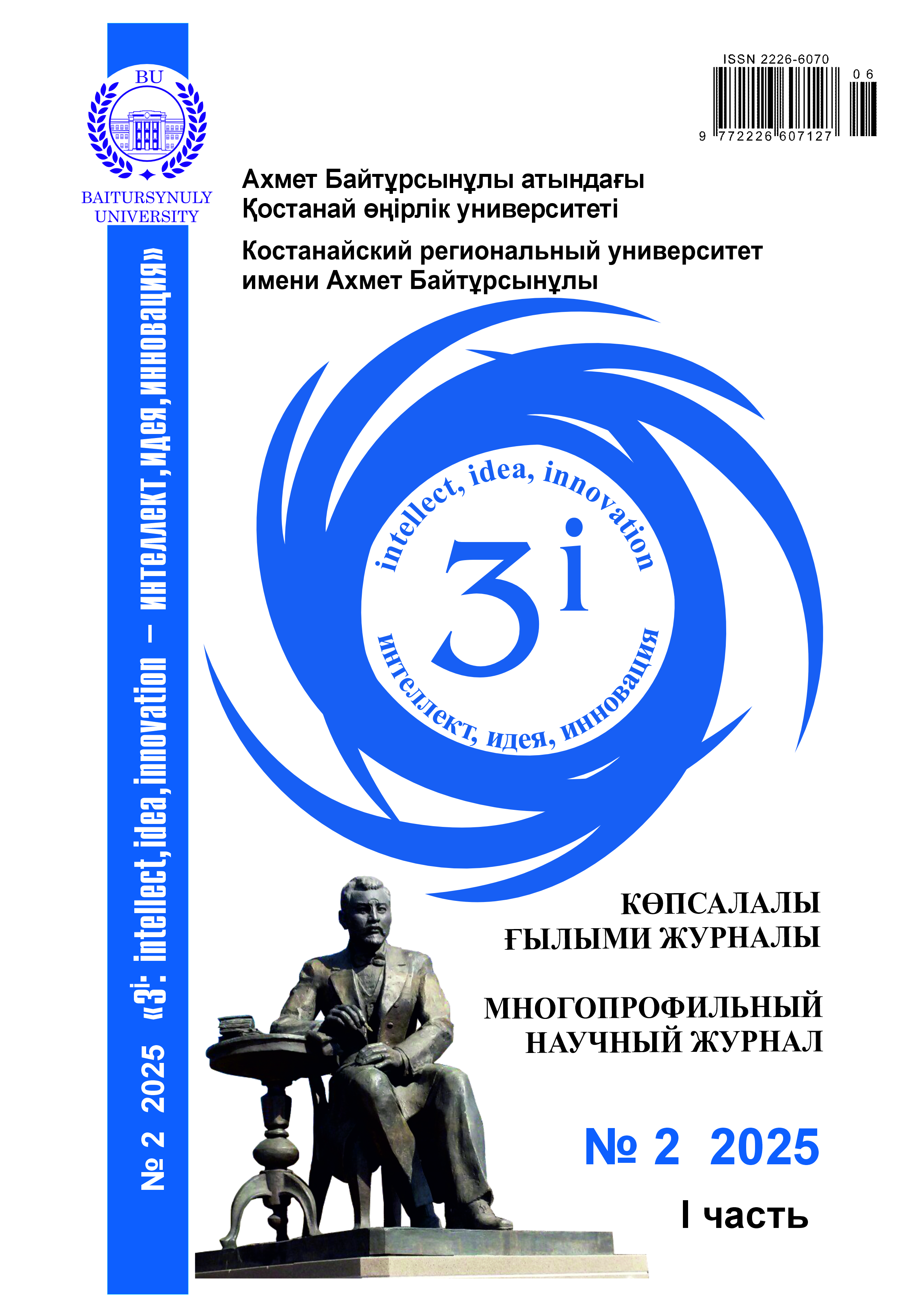ORGANOLEPTIC AND PHYSICOCHEMICAL CHARACTERISTICS OF GOAT MEAT IN THE SETTING OF THE FORMER SEMIPALATINSK NUCLEAR TEST SITE
DOI:
https://doi.org/10.52269/RWEP252152Keywords:
radiation risk, goat meat, organoleptic properties, physicochemical indicators, food safetyAbstract
The relevance of this study is determined by the need to assess the quality of goat meat produced in areas with varying levels of radiation risk, adjacent to the former Semipalatinsk Nuclear Test Site. The impact of radiation on livestock products remains a significant issue for food safety and public health. The aim of this study is to analyze the physical, chemical, and organoleptic characteristics of goat meat from regions with different levels of radiation contamination and to develop recommendations for ensuring its safety. To achieve this goal, organoleptic, physicochemical, and microbiological studies were conducted on meat samples collected from control points. Methods such as pH analysis, peroxidase reaction, ammonia and formaldehyde detection, bacterioscopy, as well as the determination of the chemical composition of meat (protein, fat, moisture, ash) were used. The results indicated a deterioration in meat quality in high-radiation-risk areas, including an increase in pH, a decrease in protein content, higher moisture and fat levels, and worsening organoleptic characteristics. The scientific novelty of this research lies in the comprehensive analysis of radiation exposure on goat meat. The practical significance is in the development of recommendations for livestock product quality control and the improvement of radiation safety standards in the food industry and veterinary practices.




